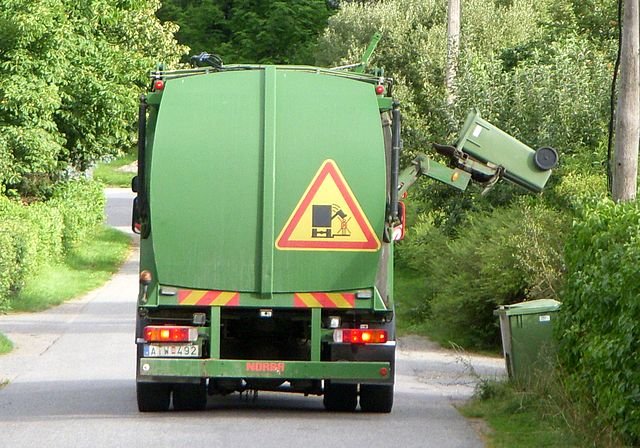Agricultural waste, encompassing both organic and inorganic materials leftover from farming activities, poses a significant challenge and opportunity in equal measure. The residues from crop production and livestock farming, including crop stalks, animal manure, packaging, and agricultural chemicals, present a dual nature.
When managed effectively, these materials hold immense potential due to their biodegradability and nutrient richness. Conversely, improper handling can lead to adverse impacts on ecosystems, soil fertility reduction, water pollution, and health concerns for humans.
In addressing the mounting challenges of agricultural waste and the growing global population’s food demands, it’s imperative to institute efficient waste management systems within farms.
Varieties of Agricultural Wastes
Agricultural waste encompasses a wide array of materials generated from farming activities, including:
- Crop residues are stalks, leaves, husks, and straw left post-harvest of wheat, rice, corn, and sugarcane.
- Animal manure comprises feces, urine, and bedding materials.
- Agrochemical containers include those for pesticides, herbicides, and fertilizers.
- Leftover feed materials include grains, forages, etc.
- Harvest and process waste, including fruit peels, vegetable trimmings, and rejected produce.
- Packaging materials include plastic bags, cardboard boxes, and containers.
- Green waste consists of trimmings, prunings, plant debris, and grass clippings.
Understanding Agricultural Waste Management
Agricultural waste management involves the coordination, handling, and control of waste generated from farming. The primary aim is to prevent soil and water pollution, curb greenhouse gas emissions, and mitigate health risks for both humans and animals.
Effective agricultural waste management typically revolves around techniques focusing on the storage of raw materials and waste reduction, recycling, and reuse. These methods convert waste into valuable resources such as organic fertilizers or green energy like biogas, proving beneficial for the environment, agricultural organizations, and the communities they serve.
Implementing Sustainable Techniques for Agricultural Waste Management
Composting
Composting proves effective in managing various agricultural products like plant residues, trimmings, and manure by converting them into nutrient-rich compost. This approach is scalable and feasible in diverse settings, from home gardens to large-scale agriculture, enhancing soil fertility and crop productivity while minimizing reliance on synthetic chemical fertilizers.
Biogas Generation
Biogas production, particularly in developing countries, has gained traction for its ability to convert waste into renewable energy. Biogas digesters, widely implemented in rural areas, offer an eco-friendly solution by converting crop waste into biogas that is usable for cooking, heating, and electricity generation. The EU is also promoting biogas generation for sustainable agricultural waste management on a larger scale, leading to improved living conditions and reduced pollution.
Mulching
Using agricultural solid waste as mulch helps conserve soil moisture, suppress weed growth, and enhance nutrient retention. This practice shields the soil from erosion and temperature fluctuations, improving crop health and productivity. Commonly used materials for mulching include straw, hay, crop residues, leaves, and grass clippings.
Biomass Conversion
Techniques like thermochemical and biochemical conversion processes transform agricultural waste into valuable products like biofuels, biochemicals, and bioplastics. Processes like combustion, fermentation, pyrolysis, and gasification enable the production of heat, biofuels, and various chemicals from agricultural waste.
Recycling Packaging Materials
Though essential in agricultural practices, materials like plastic containers and bags contribute significantly to agricultural waste. Proper recycling via collection, sorting, and processing reduces the environmental impact, supporting the circular economy and conserving natural resources.
In a Nutshell
Implementing effective agricultural waste management practices is crucial for sustainable farming. Small-scale anaerobic digestion stands out as an accessible and efficient waste management solution, enabling farms to harness green energy sources and reduce reliance on fossil fuels, thereby embracing a circular economy. Farmers play a pivotal role in optimizing resource usage and minimizing environmental impact through innovative waste management approaches.




























